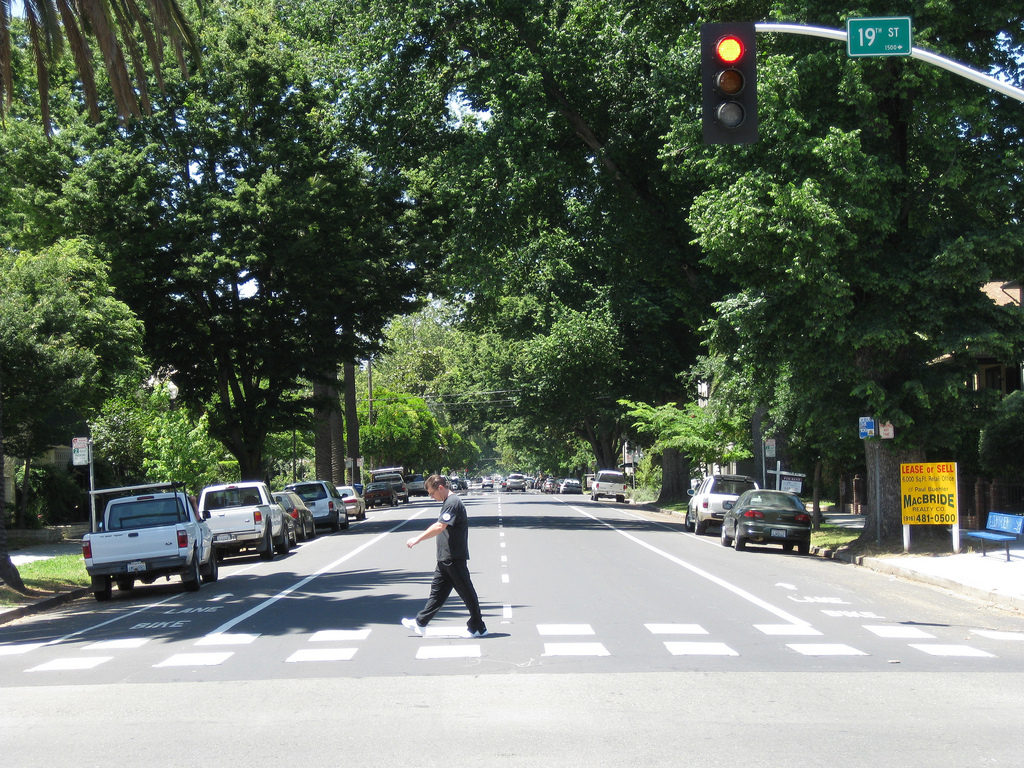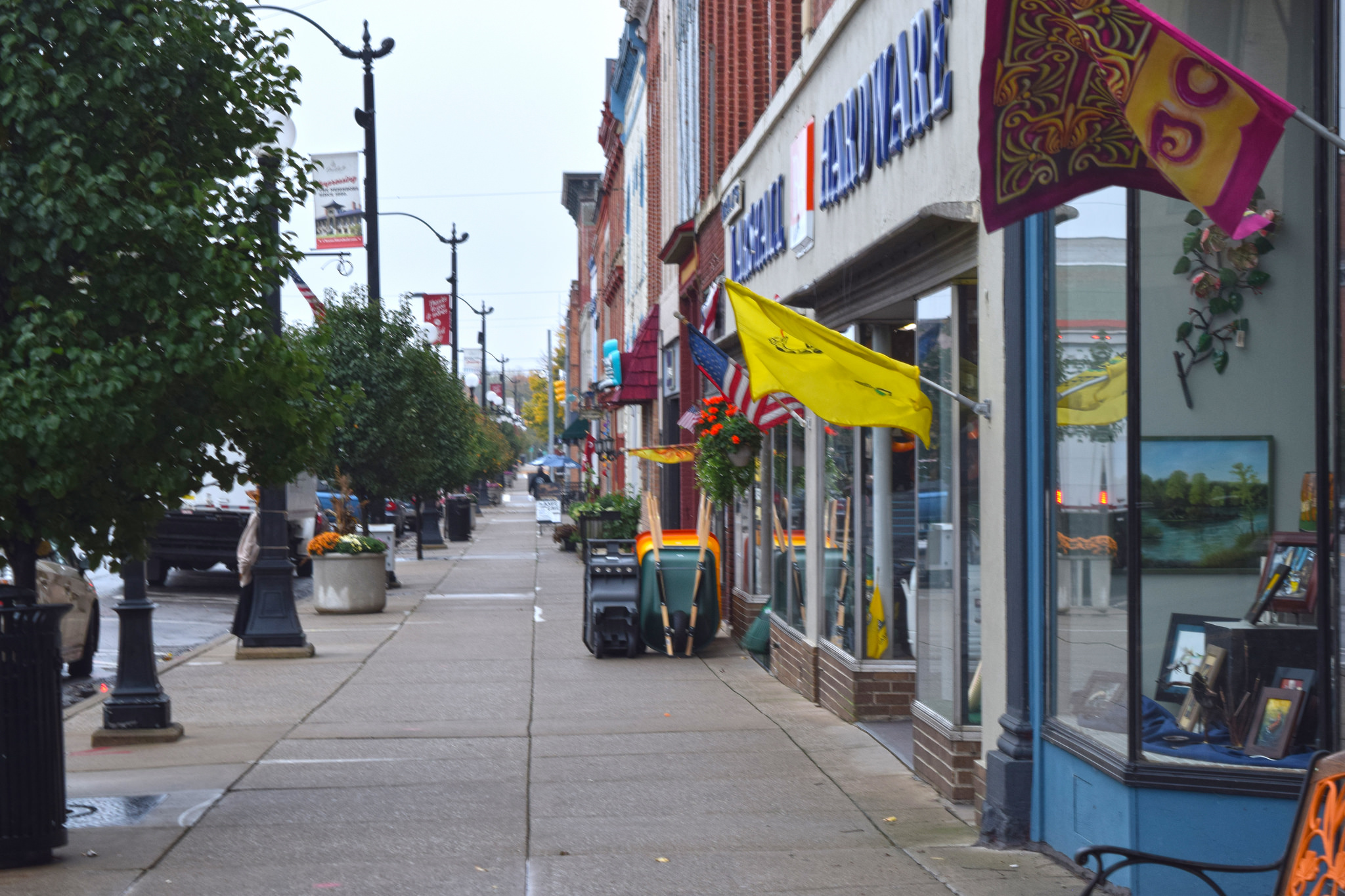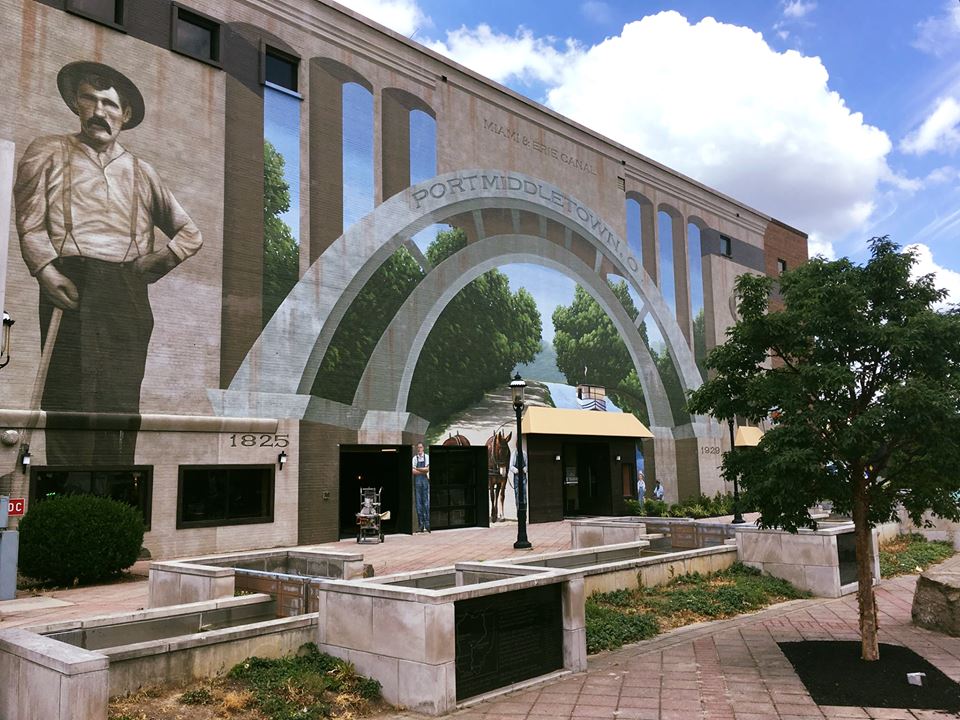
Commercial vacant properties in legacy cities present both unique challenges and promise.
Smaller legacy cities are often burdened by vacant and abandoned properties. Many resources exist to assist in dealing with residential vacancy, but few address commercial vacancy – which is just as prevalent in these cities.







